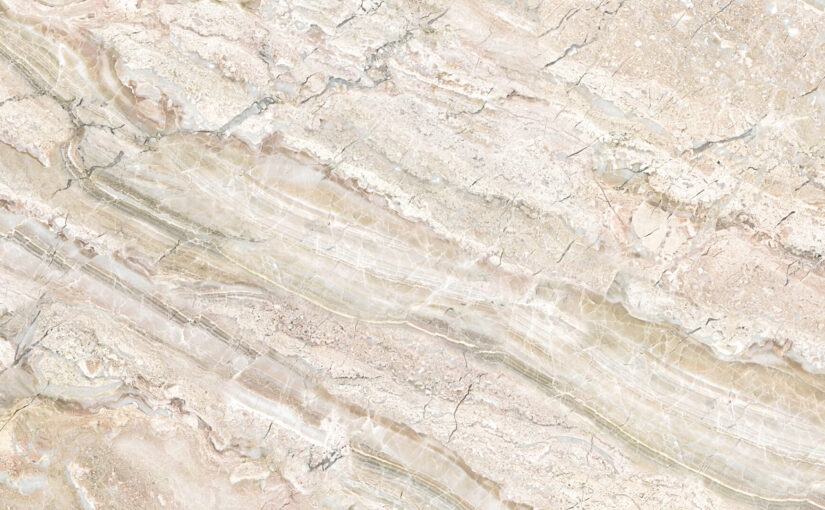In the world, marble has different uses such as sculptures, fountains, kitchen countertops, floors, facades, among many more; but many people are unaware of the varieties of this material.
Marble is known as a metamorphic limestone rock, which means that they are rocks formed from other rocks that have been subjected to high temperatures or an active fluid that causes changes in their composition. This is compacted and formed into different spots and streaks.
To obtain the translucent and grainy texture with which we know this rock, it must be subjected to a process called pulicón, a process that gives it the traditional and natural shine of marble. However, it is common to use liquid or powder products to polish it.
Calcium carbonate is the elemental and main component of marble, the other elements used are converted into impurities, but they are what give the colors and its appearance. However, other minerals also participate in the production of marble such as: garnet, zocinite, graphite, talc, chlorite, mica, precious stones such as corundum, pyrite and quartz.
Marble is generally used in decoration, construction and sculpture.
This type of mineral can appear in different colors such as: red, blue, black, gray, green, yellow, but also in uniform and varied colors. The marbling is the one that gives the appearance of splatter and the veined, the dithering of lines. With creativity and with the use of other materials, different aspects can be achieved in marble, achieving different textures.
One of the main uses of marble is the decorative covering of walls, either in exteriors or interiors, especially for the beautiful appearance it gives to buildings.
In medical buildings or hospitals, where human traffic is high and where the feeling and need for cleanliness is important, the application of marble to walls is ideal.
Likewise, this material is commonly used in places where aesthetics play a preponderant role and maintenance costs are justified thanks to the establishment’s own productivity, such as meeting rooms, conference or reception rooms, art or congress palaces and Similar.
Marble, despite being a high quality material and providing elegance and sophistication to spaces, tends to be sensitive and fragile. This is why it must be applied correctly in order not to incur large expenses later.
Source: https://prodiamco.com





